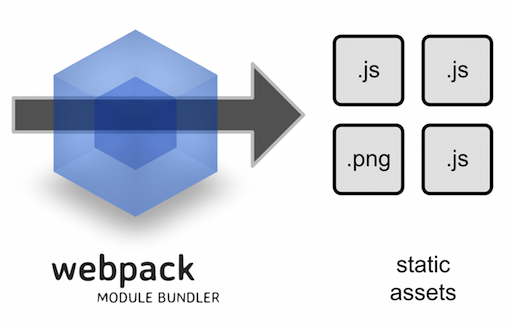Gulp helps us automate tasks within your javascript projects. Why would we want to do this? Well it helps us to be more productive. Not only do frontend developers have to sit down and write code, there is a ton of other work we have to do. Things like minification, concatenation, writing vendor prefixes, using LESS to compile CSS, optimizing third-party code like jQuery, Angular etc, injecting files into HTML, unit testing, caching templates, file revisions and versioning, code analysis, and the list goes on and on. As you can already tell, frontend development is no joke when done right. And here is where Gulp comes in.
All Posts in “Automation, Task Runners and Build Tools”
Getting Started With Webpack
On a basic level, webpack is a build tool. A build can be described as converting source code files into standalone artifacts that can be run on a computer. What webpack does, is bundle modules used within a frontend application into a single file. So what does this have to do with javascript? When working with javascript, there are certain tasks that you do on a regular basis (especially if you are building a large scale application). Things like file concatenating and minification of javascript and CSS files, running tests, linting etc. The reasons why we do these is so our javascript applications are performant. By having a build step we can solve issues like multiple web requests, code file size, file order dependencies, code syntax checking(linting) and many more. Having a build step mitigates these problems related to development. Read More

